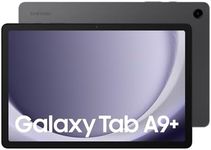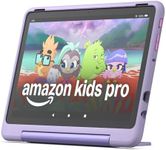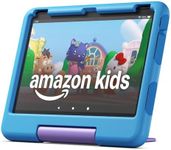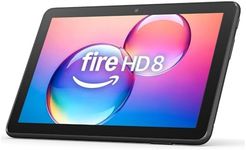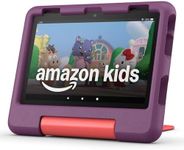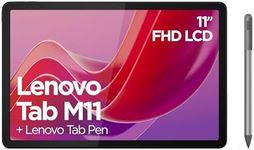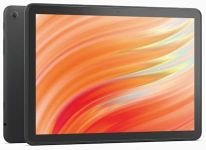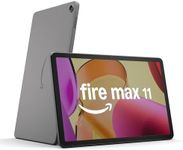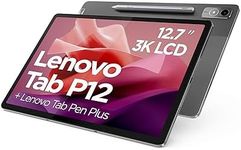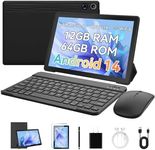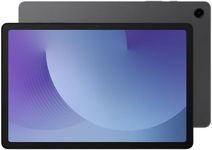Buying Guide for the Best Budget Tablets
Choosing the right budget tablet can be a bit overwhelming given the variety of options available. However, by focusing on key specifications, you can find a tablet that meets your needs without breaking the bank. Consider what you'll primarily use the tablet for, such as browsing the internet, streaming videos, reading, or light gaming, and let that guide your decision-making process.Display SizeThe display size of a tablet is measured diagonally and typically ranges from 7 to 10 inches for budget models. A larger display is better for watching videos and multitasking, while a smaller display is more portable and easier to hold for extended periods. If you plan to use your tablet for reading or casual browsing, a smaller screen might be sufficient. For media consumption and productivity tasks, a larger screen is preferable.
ResolutionResolution refers to the number of pixels on the screen, which affects the clarity and sharpness of the display. Common resolutions for budget tablets include 1280x800 and 1920x1080. Higher resolution means better image quality, which is important for watching videos and viewing photos. If you prioritize visual quality, aim for a higher resolution. For basic tasks like reading and browsing, a lower resolution may be adequate.
ProcessorThe processor is the brain of the tablet and determines how quickly and efficiently it can run apps and perform tasks. Budget tablets often come with quad-core or octa-core processors. A quad-core processor is sufficient for basic tasks like browsing and reading, while an octa-core processor offers better performance for multitasking and gaming. Consider your usage patterns to decide which processor type suits you best.
RAMRAM (Random Access Memory) affects the tablet's ability to handle multiple tasks simultaneously. Budget tablets typically have between 2GB and 4GB of RAM. More RAM allows for smoother multitasking and better performance with demanding apps. If you plan to use your tablet for simple tasks, 2GB of RAM should be enough. For more intensive use, such as gaming or running multiple apps at once, opt for 3GB or 4GB of RAM.
StorageStorage capacity determines how much data you can store on your tablet, including apps, photos, videos, and documents. Budget tablets usually offer between 16GB and 64GB of internal storage. If you primarily use cloud services and stream content, lower storage may suffice. However, if you plan to download a lot of apps and media, consider a tablet with higher storage or one that supports expandable storage via microSD cards.
Battery LifeBattery life is crucial for ensuring your tablet can last through the day without needing frequent recharges. Budget tablets typically offer between 6 to 10 hours of battery life. Longer battery life is beneficial if you use your tablet on the go or for extended periods. Consider your daily usage and choose a tablet with a battery life that matches your needs to avoid inconvenience.
Operating SystemThe operating system (OS) determines the user interface and available apps. Common OS options for budget tablets include Android and iOS. Android tablets offer more customization and a wider range of budget options, while iOS tablets provide a more streamlined experience and better integration with other Apple devices. Choose an OS based on your preference and the ecosystem you are already invested in.
Camera QualityCamera quality is important if you plan to use your tablet for video calls or taking photos. Budget tablets usually have basic cameras with lower megapixel counts. Front cameras are typically used for video calls, while rear cameras are for taking photos. If camera quality is a priority, look for tablets with higher megapixel counts and better camera features. For occasional use, a basic camera should suffice.
